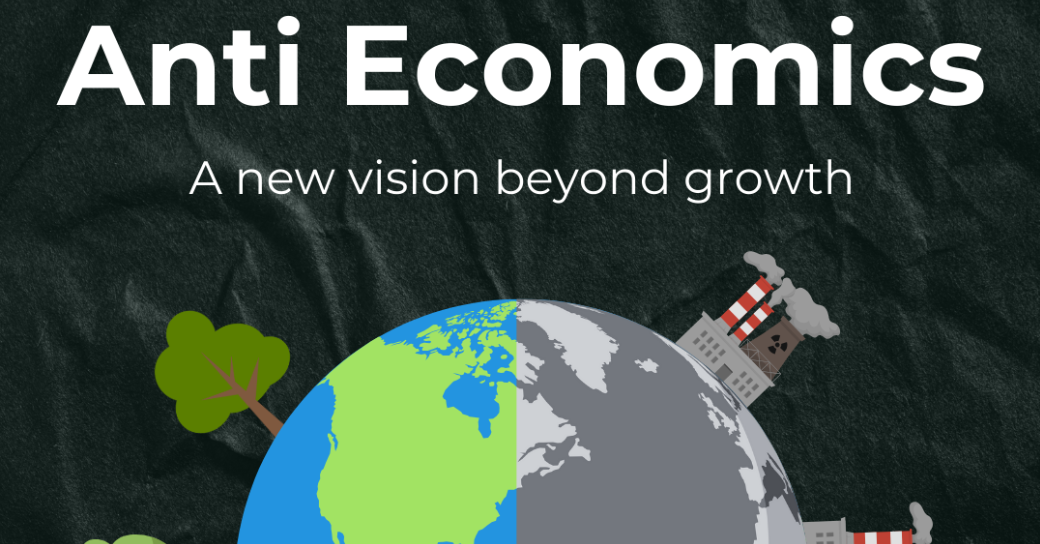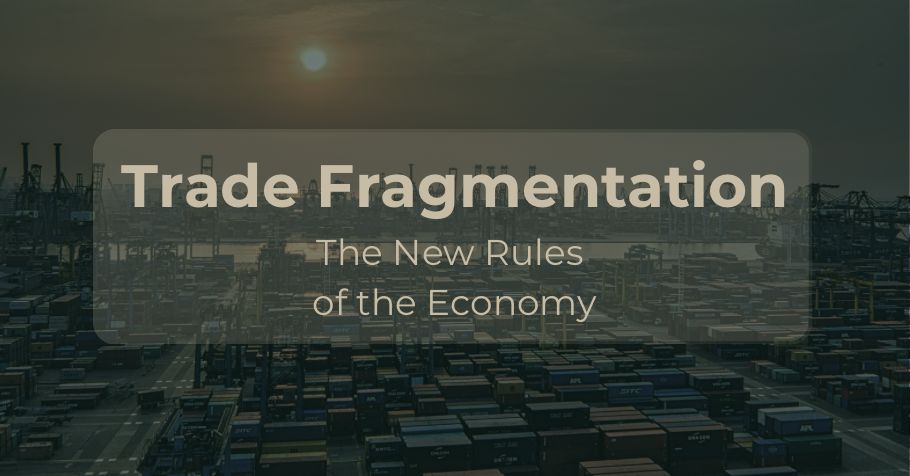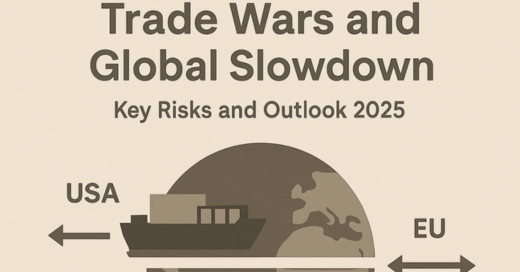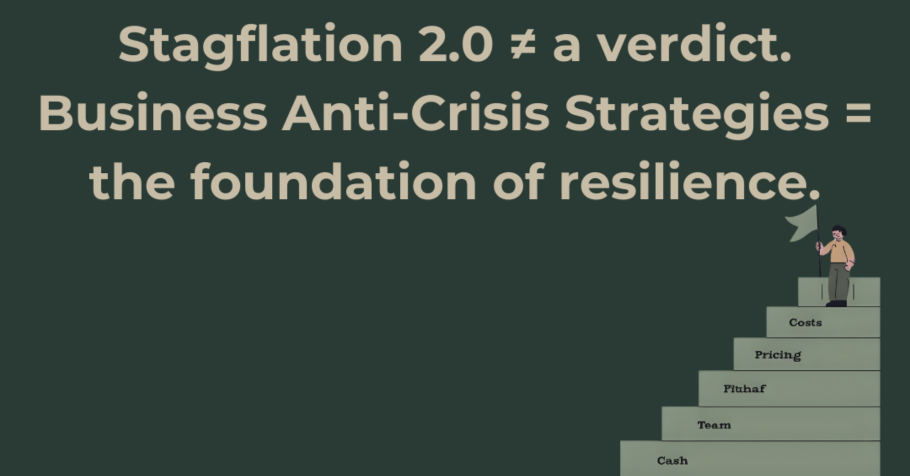Introduction
Modern civilisation has been built on continuous economic growth, long considered a synonym for progress and prosperity. However, in the face of growing environmental issues, resource depletion, and deepening social inequality, more voices are calling for a reassessment of this paradigm. The concept of “anti-economics” or “degrowth” proposes a radical departure from pursuing GDP growth. Instead, it prioritises human well-being and planetary sustainability.
Voluntary departure from growth means consciously limiting economic activity within the Earth’s ecological boundaries. Therefore, it reorients development goals from quantity to quality. This article explores the key principles of anti-economics. It analyses current trends, pointing to society’s readiness for this shift. Moreover, it discusses possible consequences and outlines scenarios for a future where humanity may voluntarily give up growth.
Core Principles of the Anti-Economics Model
Well-being Over GDP
Anti-economics shifts focus from GDP growth to quality of life. It prioritises basic needs, human potential, and social bonds. While growth may serve as a tool, it is no longer the ultimate aim and may sometimes be harmful.
Ecological Limits
This model acknowledges the planet’s natural boundaries. As a result, economic activity must remain within the biosphere’s limits by reducing emissions and protecting biodiversity.
Sufficiency, Not Maximisation
Rejecting consumerism, anti-economics values sufficiency—ensuring everyone has enough for a dignified life. Instead of promoting excess, it avoids waste and pursues material gain.
Qualitative Development
Better outcomes, not more output, define progress. For example, durable goods and strong social infrastructure reflect meaningful advancement.
Decentralisation and Local Economies
Localised systems enhance resilience and reduce dependence on global markets. Consequently, communities gain more control and stability in times of crisis.
Social Justice and Equality
Anti-economics promotes fair wealth distribution and universal access to basic income or services. Thus, social stability becomes a core goal.
Value and Lifestyle Shifts
Transitioning from consumerism involves embracing non-material values like time, relationships, nature, and personal well-being. Ultimately, this redefines prosperity..
Circular Economy Principles
Anti-economics aligns with circular practices: reducing waste, reusing materials, and adopting renewable energy. Long-term resource management is central to this approach.
Why Voluntary Growth Reduction May Become Necessary
Several reasons could lead humanity to embrace the anti-economics paradigm.
Environmental Imperatives
Climate change, biodiversity loss, and pollution pose serious threats. Therefore, reducing economic activity is vital to avoid catastrophe.
Finite Resources
The Earth’s natural resources are limited. Unlimited growth will eventually exhaust them. Transitioning to renewable, circular models becomes necessary, making anti-economics a viable long-term approach.
Diminishing Returns of Growth
In wealthy countries, more GDP doesn’t always mean more happiness. Studies show that beyond a certain level, further consumption yields few benefits. Instead, it may increase stress, inequality, and alienation.
Technological Progress
Automation and AI can reduce labour needs, and renewable energy can cut resource use. Hence, economies can shift focus from quantity to quality.
Social Justice Demands
Unequal growth benefits increase social tension. Anti-economics addresses this by promoting fairness and ensuring basic living standards. It replaces competition with cooperation.
Possible Consequences of Anti-Economics Adoption
A voluntary departure from growth could bring both benefits and challenges.
Positive Outcomes
- Lower ecological impact: Emissions and waste would decrease, aiding biodiversity and climate stability.
- Better quality of life: More time, health, and social bonds could replace materialism.
- Stronger communities: Local economies encourage cooperation and resilience.
- Reduced inequality: Fair resource sharing can ease social tensions.
- Economic resilience: Less dependence on volatile global markets improves stability.
Challenges and Risks
- Economic contraction: Less production might mean job losses and closures unless mitigated by policy.
- Financial instability: Debt-based systems may suffer without growth.
- Social resistance: Without adequate support, transitions may spark unrest.
- Political obstacles: Growth remains central to many elites’ agendas.
- Institutional change: Taxation, welfare, and markets would need transformation.
Scenarios for the Future of Anti-Economics
Gradual and Conscious Transition
One possible future includes a slow shift towards anti-economics. It would be driven by rising awareness, innovation, and political commitment. Measures such as shorter workweeks and circular systems may lead the way.
Crisis-Induced Shift
Alternatively, crises could force change. Ecological disasters or economic collapses may make growth unsustainable. This path may be abrupt and painful.
Sustainability Elements Within the Growth Paradigm
Some may try to blend growth with sustainability. Yet, without more profound change, such strategies may fall short.
In reality, the future may combine all three. Some societies may plan, while others react. Anti-economics offers tools for both paths.
Our expert guidance in business forecasting will help you mitigate threats and transform external challenges into strategic opportunities. [Contact Us]
Conclusion
The anti-economics model provides a compelling alternative to growth-based development. In a world facing ecological and social crises, voluntary departure from GDP expansion may become essential. European trends — such as sustainable investment, demographic changes, and the rise of circular economies — suggest readiness for such a path.
However, anti-economics demands more than policy shifts. It requires changes in values, institutions, and everyday choices. A post-growth future will be challenging. But it also promises a more just, balanced, and sustainable world.





